The Longmen Grottoes were first carved during the Northern Wei Dynasty, more than 1,500 years ago. Over a period of more than 400 years, the Eastern Wei, Western Wei, Northern Qi, Sui, Tang, Five Dynasties, and Song Dynasties have created an architectural complex stretching more than 1km in the north-south direction, including 2,345 large and small caves, with more than 100,000 Buddha statues and more than 2,800 stone tablets.
With a construction process spanning many dynasties and a large number of statues and written documents preserved to this day, the Longmen Grottoes complex has vividly reflected the development in the fields of politics , economics, religion, and culture of ancient China, and was recognized by UNESCO as a world heritage site in 2000.
![[Photo] Longmen Grottoes - the pinnacle of stone carving art in China photo 1](https://image.nhandan.vn/w2000/Uploaded/2025/mxqddqdwp/2025_05_26/ndo_tl_06-4967-5868.jpg.webp) |
Longmen Grottoes is always a must-see destination when visiting the ancient capital of Luoyang. |
![[Photo] Longmen Grottoes - the pinnacle of stone carving art in China photo 2](https://image.nhandan.vn/w2000/Uploaded/2025/mxqddqdwp/2025_05_26/ndo_tl_05-7151-2821.jpg.webp) |
Tourists explore the thousand-year-old statues perched precariously on the mountainside. |
![[Photo] Longmen Grottoes - the pinnacle of stone carving art in China photo 3](https://image.nhandan.vn/w2000/Uploaded/2025/mxqddqdwp/2025_05_26/ndo_tl_02-217-8113.jpg.webp) |
The statue of Buddha Lu Xa Na is 17.14m tall, with a 4m high head, 1.9m long ears, a plump face and gentle eyes. |
![[Photo] Longmen Grottoes - the pinnacle of stone carving art in China photo 4](https://image.nhandan.vn/w2000/Uploaded/2025/mxqddqdwp/2025_05_26/ndo_tl_08-2010-5022.jpg.webp) |
This is the most prominent statue in the cave complex. |
![[Photo] Longmen Grottoes - the pinnacle of stone carving art in China photo 5](https://image.nhandan.vn/w2000/Uploaded/2025/mxqddqdwp/2025_05_26/ndo_tl_04-5653-8441.jpg.webp) |
Visitors can experience boating on the Y River to see the Longmen Grottoes. |
![[Photo] Longmen Grottoes - the pinnacle of stone carving art in China photo 6](https://image.nhandan.vn/w2000/Uploaded/2025/mxqddqdwp/2025_05_26/ndo_tl_10-3428-1138.jpg.webp) |
The statue of Buddha Lu Xá Na stands out in the Longmen Grottoes complex. |
![[Photo] Longmen Grottoes - the pinnacle of stone carving art in China photo 7](https://image.nhandan.vn/w2000/Uploaded/2025/mxqddqdwp/2025_05_26/ndo_tl_09-6839-2348.jpg.webp) |
The caves preserve ancient Chinese carvings. |
![[Photo] Longmen Grottoes - the pinnacle of stone carving art in China photo 8](https://image.nhandan.vn/w2000/Uploaded/2025/mxqddqdwp/2025_05_26/ndo_tl_03-597-7786.jpg.webp) |
Longmen Grottoes on the poetic and charming Y River. |
![[Photo] Longmen Grottoes - the pinnacle of stone carving art in China photo 9](https://image.nhandan.vn/w2000/Uploaded/2025/mxqddqdwp/2025_05_26/ndo_tl_07-9411-2424.jpg.webp) |
Many tourists come to this scenic spot. |
Longmen Grottoes, together with Dunhuang Mogao Grottoes and Yungang Grottoes, are considered the three most representative grottoes associated with carving art in China.
Source: https://nhandan.vn/anh-hang-da-long-mon-dinh-cao-cua-nghe-thuat-cham-khac-da-o-trung-quoc-post882536.html




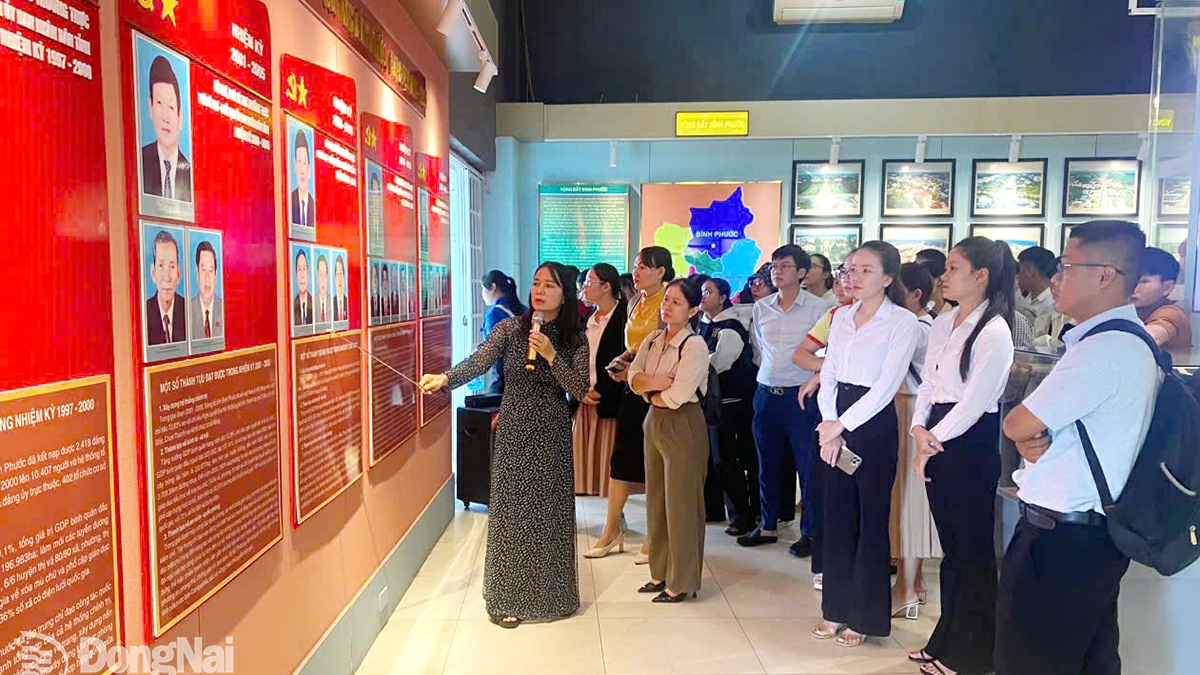

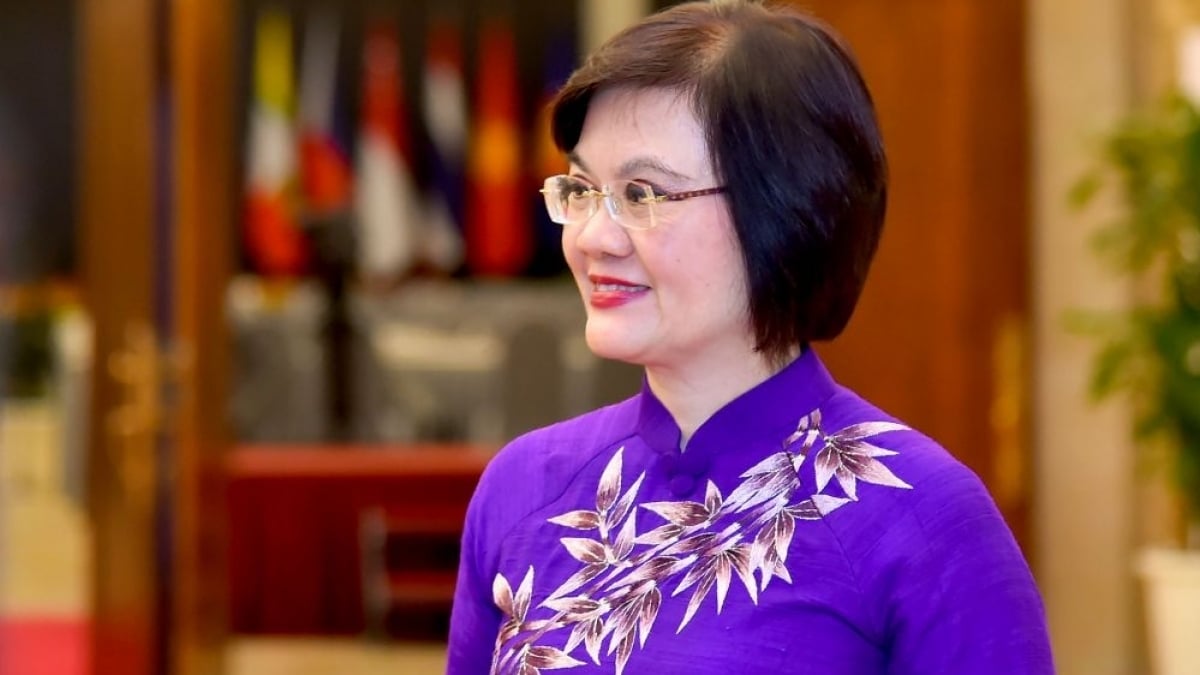

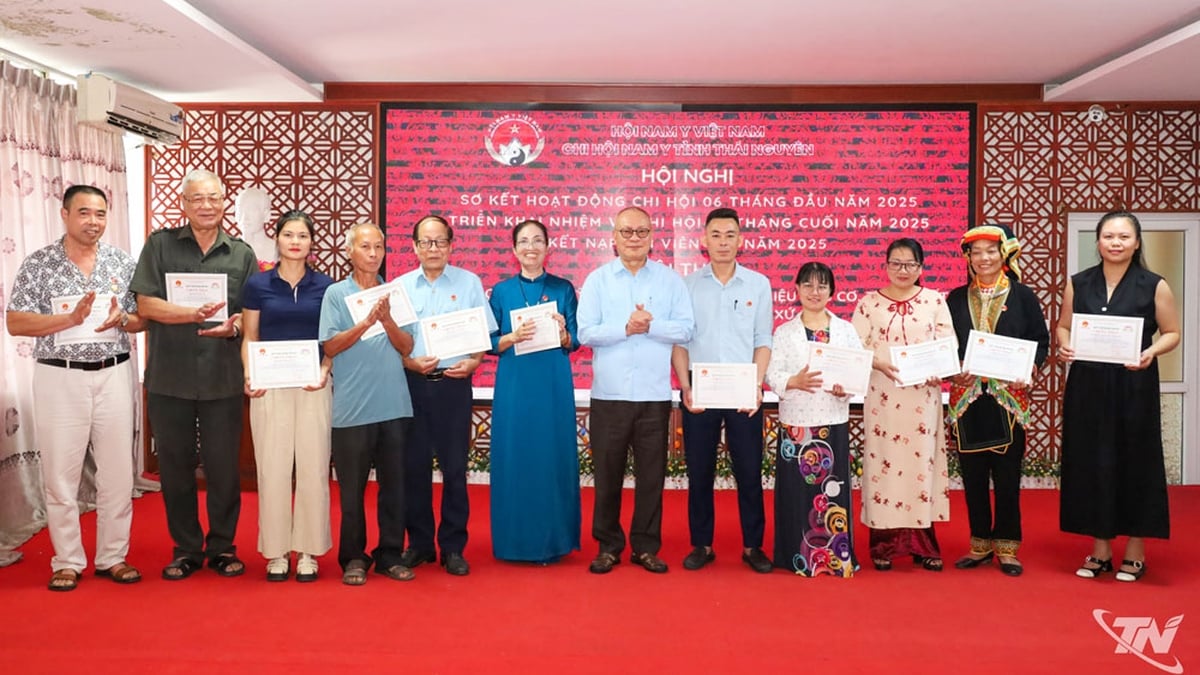



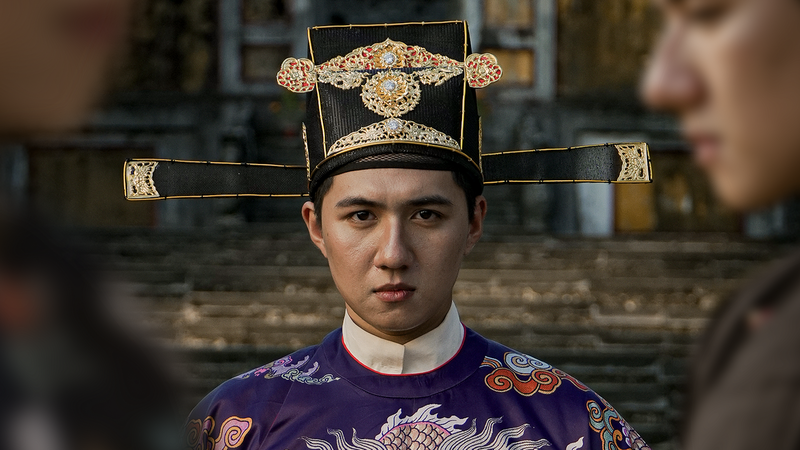



























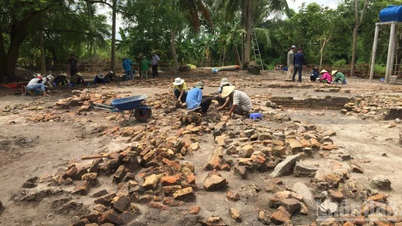






















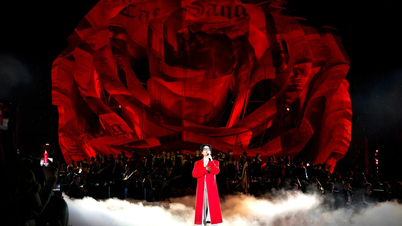

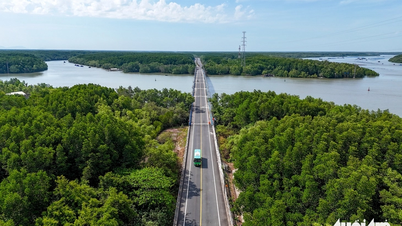
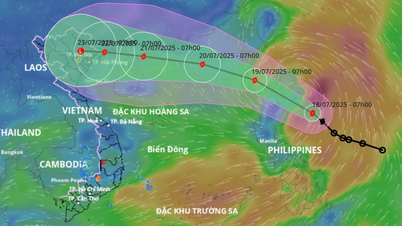
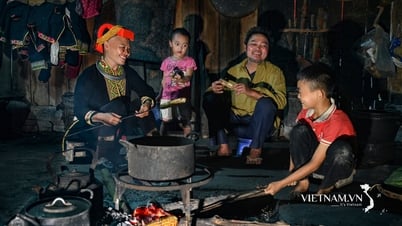
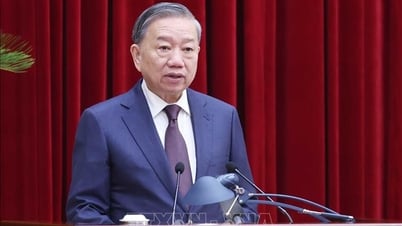

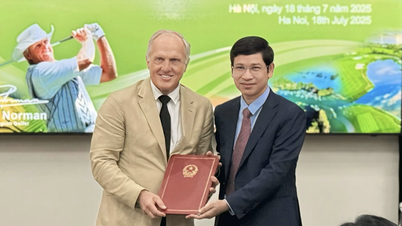




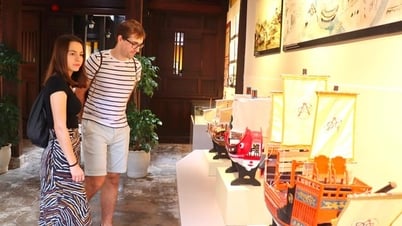

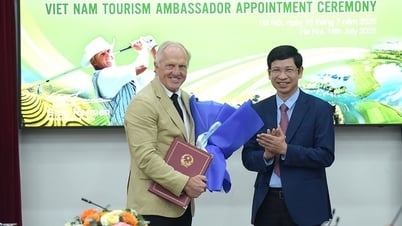



















![[Infographic] In 2025, 47 products will achieve national OCOP](https://vphoto.vietnam.vn/thumb/402x226/vietnam/resource/IMAGE/2025/7/16/5d672398b0744db3ab920e05db8e5b7d)





Comment (0)